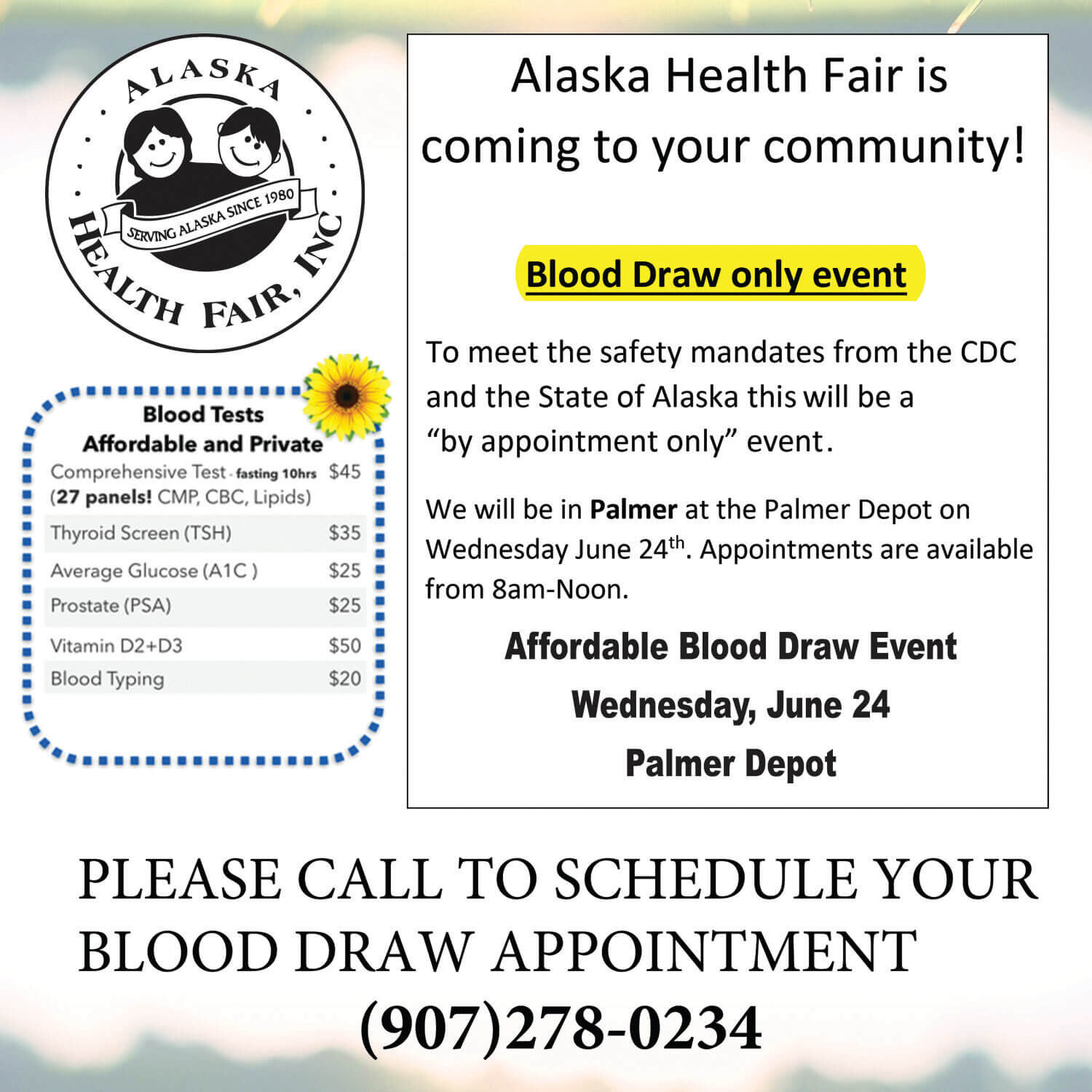Contributed by Angie Lewis, President of Alaska Animal Advocates
You probably don’t ever think about your dog’s anal glands, until they get impacted and become a problem for your pet. The anal glands are small glands found on either side of your dog’s anus. These glands secrete a fluid that is used by your dog to mark his territory. Usually, these glands empty naturally, but if they don’t, problems can occur.
Symptoms can include your dog scooting his bottom on the floor or a nasty odor from your dog’s rear. Dogs often lick or bite at the area, as a result of the discomfort they are feeling. These symptoms typically indicate that the anal glands have become infected. It is more common for small-breed dogs to have problems with these glands, rather than larger dogs.
Anal gland problems are usually easy to detect during a routine veterinary exam, without requiring any special tests. Treatment involves manually expressing or emptying the glands. This can be done by inserting fingers, or a thumb and forefinger gently into the anus. Apply pressure on either side of the anus and press inward and upward. A rather smelly fluid will be released. Typically, a veterinarian will do this procedure, but some people are able to do this on their own. Often, this can be done during a dog grooming session.
If your dog has frequent problems with this issue, your veterinarian may ask that you make changes to his diet to include more fiber. If your dog has a more bulky stool, this will enable the anal glands to be expressed when he defecates. There are natural products that can help treat infected anal glands, or your veterinarian may prescribe antibiotics.
On occasion, cancer can be found in an anal sac and the tumor may have to be surgically removed. The success rate for this surgery is very high. So, when you bring your dog to his veterinarian for an annual exam, make certain to have his anal glands checked and expressed if necessary.
















































